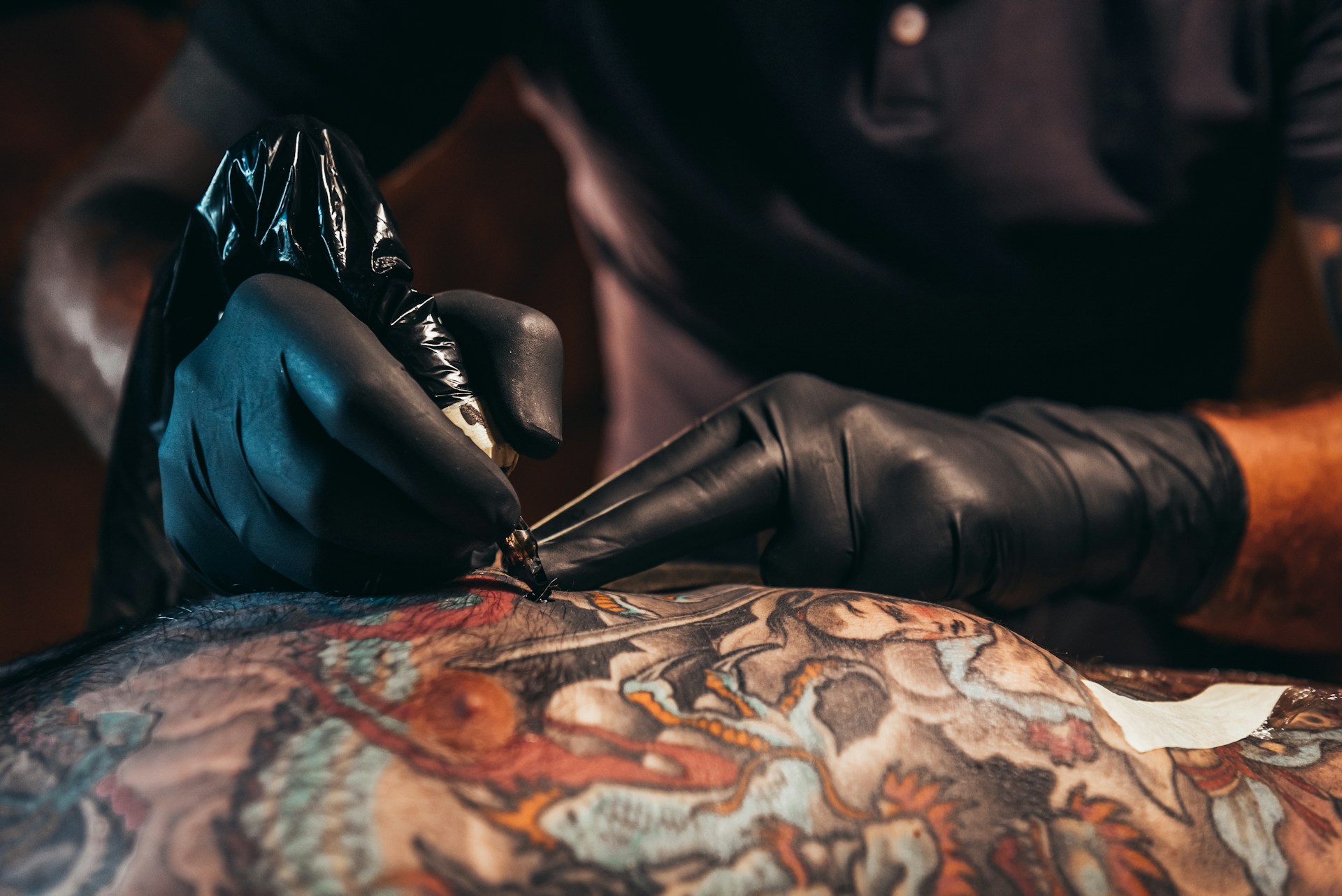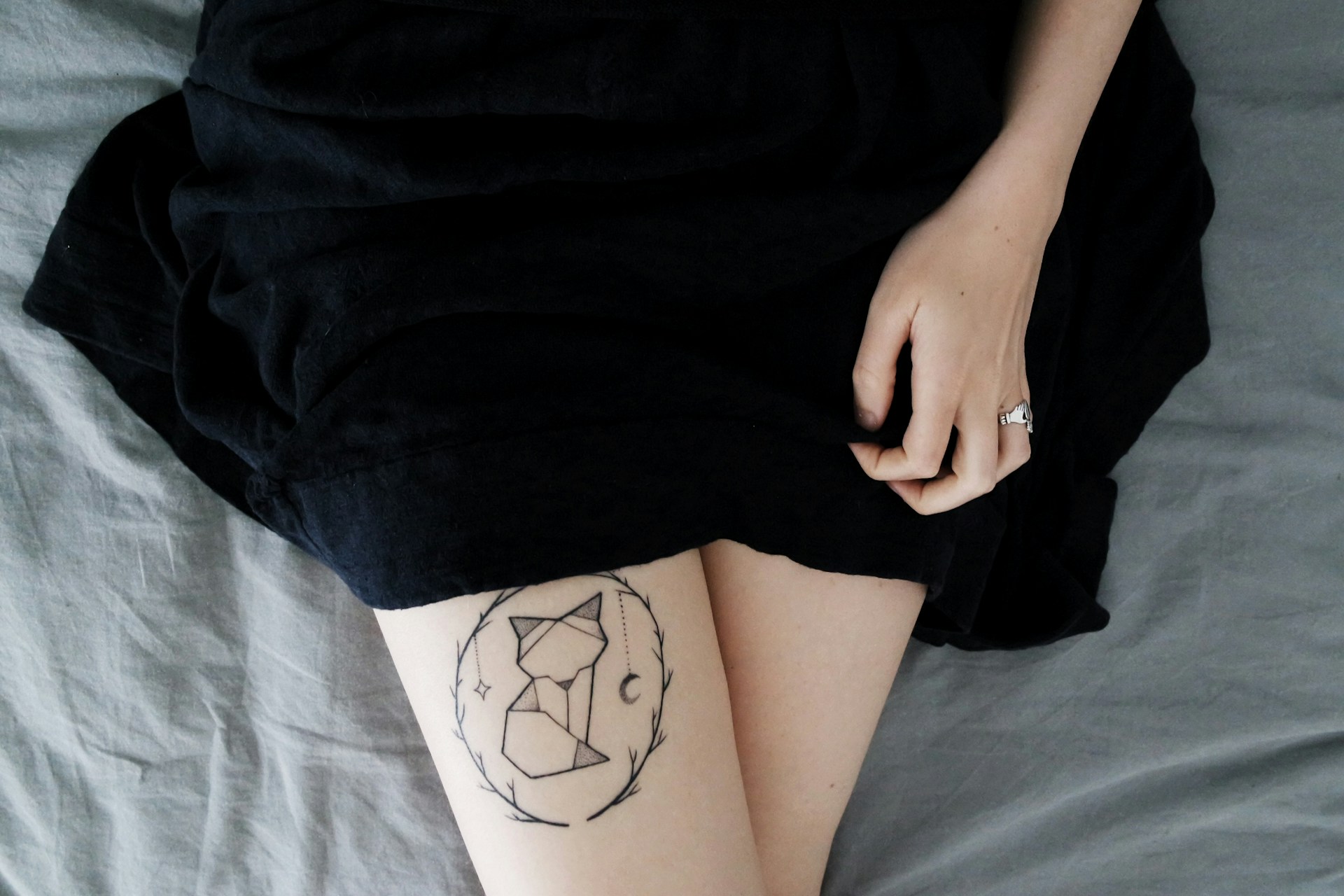Getting a new tattoo requires a lot of responsibility and discipline. After the tattoo session is over, you must go through the weeks of healing so that the art comes out in vivid colors. Usually, you will be advised by the artist to moisturize and clean it regularly to avoid any form of infection. You will also be instructed to observe it from time to time, just in case something unusual comes up. These are the usual care and healing tips for your tattoo to fully recover. However, did you know that there is an alternative way to take care of it?
Dry healing is the method of tending to your art without the need for moisturizing it. If the usual process calls for lotions and ointments, this one entirely ignores those items. There is an argument to be made for this method, especially as a new tattoo can be considered a fresh wound, one that you must care for with utmost attention unless you want to infect it.
For this reason, we’ve listed out the pros and cons of dry healing a tattoo to help you make better-informed decisions:
The Pros of Dry Healing a Tattoo
There are a couple of advantages to consider when it comes to dry healing. For the most part, it will all come down to whether or not you can consistently keep your fresh tattoo clean. Once it is clear from any form of dirt or germs, you can be sure that your skin will do its own thing in rejuvenating itself, all the way to its recovery.
- The most practical advantage of dry healing is you will no longer need to invest in various skin solutions. People who have cuts or wounds on their skin would most likely resort to bandaging it rather than putting a swab of lotion on it. The same principle is applied to tattoo wounds in this situation.
- It prevents any sort of allergic reaction brought about by lotions and ointments. It is understandable for some people to have sensitive skin; thus, they avoid all skin products that may trigger a reaction while still healing their tattoo.
- They can save money, as they will no longer need to buy various skin products like moisturizers to tend to their tattoo.
The Cons of Dry Healing a Tattoo
If there are advantages, then there are also known disadvantages when it comes to dry healing. While not all of these may apply to everyone who just got their tats, it will indeed affect your fresh tattoo in one way or another. Take note of them and decide if dry healing still works for you.
- They cannot relieve the natural itchiness brought about by the healing skin’s healing process. Due to the lack of moisture, the fresh tattoo may itch over time, making the process more uncomfortable for you.
- Scratching the itch may damage your skin and tattoo. It may even add more wounds, especially if you’re not careful.
- It might cause deeper scabbing. This may not seem disadvantageous at first, as all scabs usually peel off over time. However, it may affect the overall color of your tattoo, adding a bit of discoloration and ruining the overall look of your art.
Conclusion
Dry healing is a polarizing topic for many tattoo artists and enthusiasts. On the one hand, it seems normal and harmless, especially for those who aren’t accustomed to using skin creams and ointments. On the other hand, it may also cause discomfort and discolorations, messing up the tattoo in general.
If it’s just your first time, feel free to ask around and gauge which method will work best for you. Remember, getting a tattoo is a wonderful experience, but it will all amount to nothing if you’ll be putting your skin at risk of infection, not to mention consistent discomfort. If you’re looking for a place that will safely and efficiently bring your skin art to life, then we at Lucky DeVille Tattoo Co. are the right people for the job! We have some of the best tattoo artists in Buffalo, and we ensure only the highest quality of ink and ingenuity when it comes to our tattoo services. Walk-ins are welcome—visit us today.



